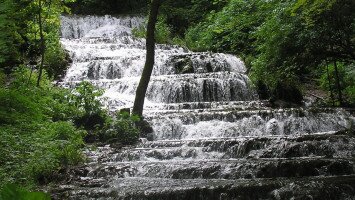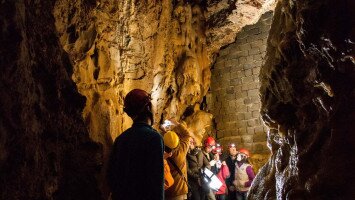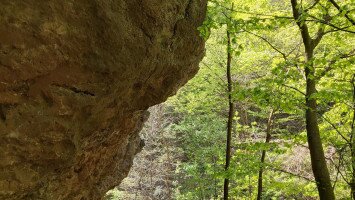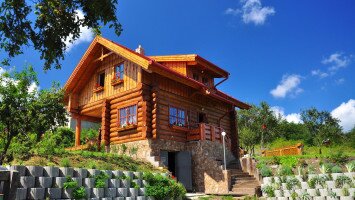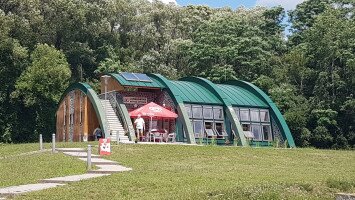
Remete-Barátlakások





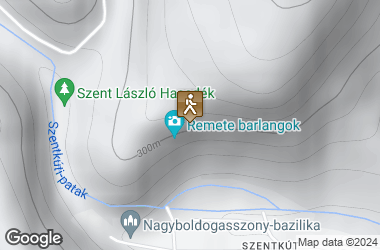
- Értékek
- Remete-Barátlakások
Látogatható geotóp!
Keletkezése
Miocén lajtamészkőbe a középkorban vájt üregek
Felszínalaktani jellemzők
A Meszes-tető oldal 14-15 millió éves mészhomok rétegeinek lazább részeiben kialakult természetes üregeket a középkor során mesterségesen mélyítették, faragták tovább. Így alakultak ki a barátlakások, melyeket a remeték a XIII. századtól a XVIII. század végéig lakták. Az anyakőzet szórt és áthalmozott finomszemű andezit vulkáni törmelékkel kevert, mészvázú élőlények felaprózódott maradványaiból álló mészhomok és homokkő (kalkarenit). Fehéres sziklafala közel 300 m hosszban mutatkozik a Szentkút felé közeledőnek.
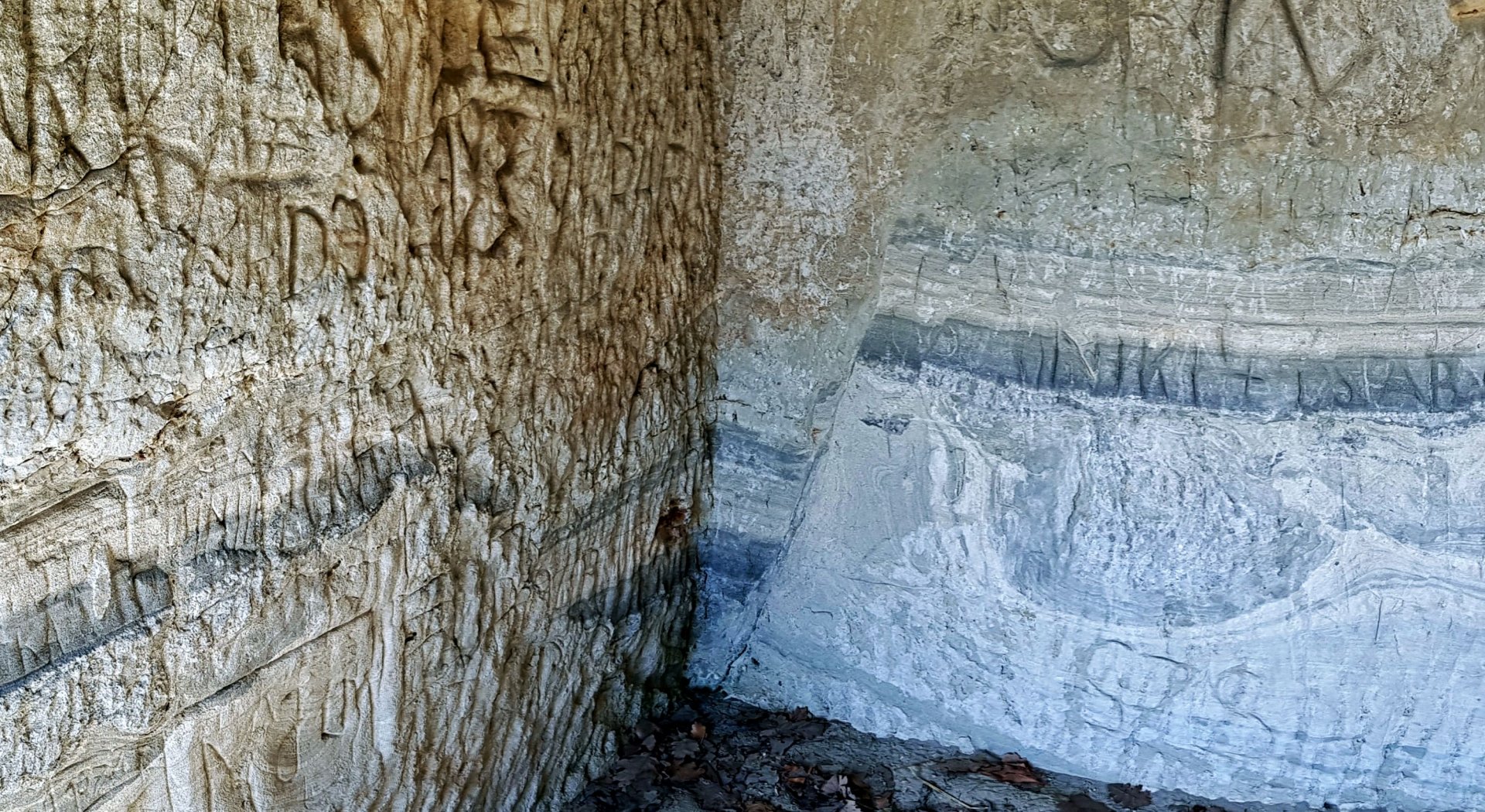
A remetelakások falának rétegzettségén üledékcsúszási struktúrák mozgalmas időszakra, egykori földrengésekre utalnak, a földmozgásokat tektonikai elmozdulások, vetődések is alátámasztják.
Kapcsolódó




